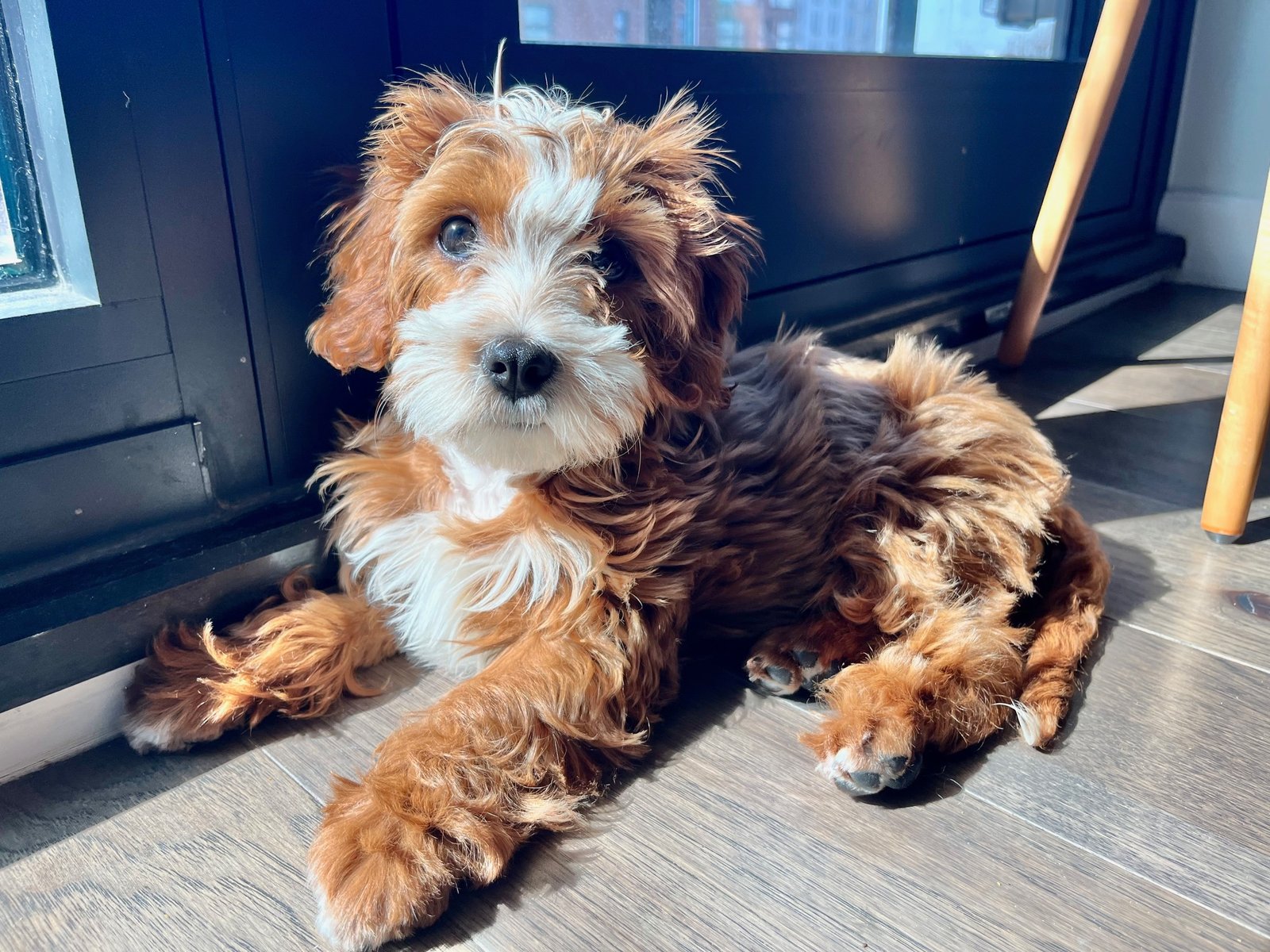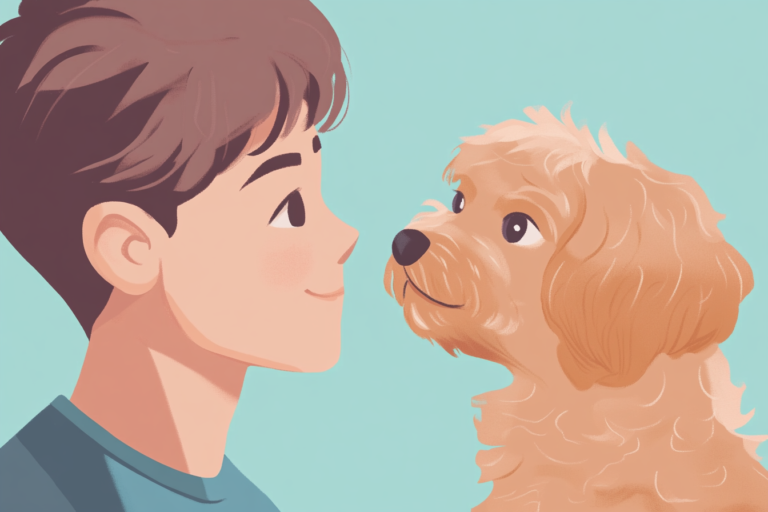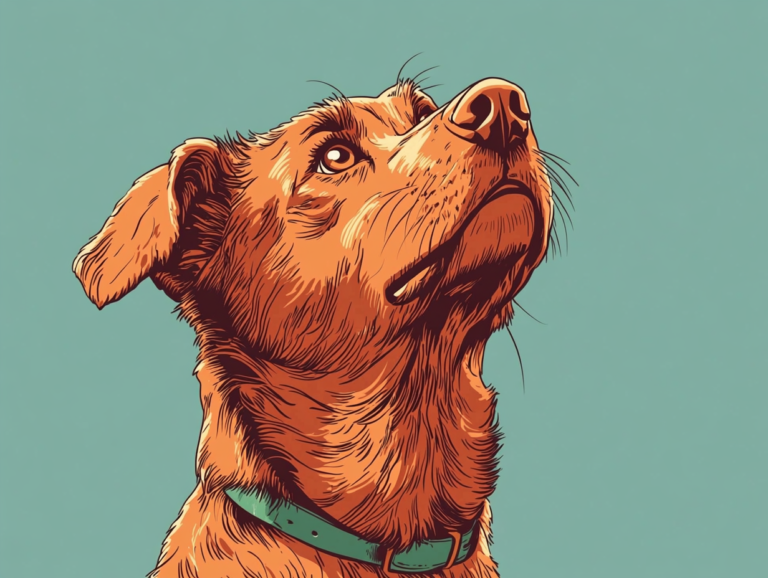I’m going to tell the story of how I saved my dog from the brink of death when we first met. It was a tough experience where I made some mistakes but also made a lot of right calls. The whole thing still felt like walking a tightrope to me today — just one more wrong move and I might have lost my dog forever. This article is long, so I break it into 2 parts, but it’s full of helpful information. If you’re planning to get a dog, I highly recommend reading this story. I will first tell the story, and then I will put the lessons I learned at the very end of the second part of this article.
My girlfriend and I decided to bring a dog home at the end of February in 2023. We have been searching for a dog online since. On March 7th, we found a mini Cavapoo dog we really liked, and our offer was accepted. The breeder was based in Missouri, while we live in New York City, so the breeder would need to send the puppy on a plane and ship him to New York. We were both very happy that day and decided to name our dog after a famous museum in NYC, Moma. Moma was very energetic during our video call, jumping here and there, chasing his siblings. What a naughty boy!
One day later, on March 8th, I bought a pet health insurance plan for my Moma. Having worked in the healthcare industry myself, I know how ridiculously expensive medical bills in this country can be.
The breeder later reached out to me saying that laws prohibit her from sending dogs on a plane without a rabies vaccine if they are over 3 months old. Moma was about to get his next vaccine shot, and he couldn’t have the rabies vaccine too soon after that. She mentioned there would be a plane to New York on March 17th. By that time, Moma would still be under 3 months old, so she asked if she should get his health documents ready and send him on that flight.
At that time, I wanted to say “no” because I knew the health insurance I had just bought needed 14 days to become effective. Insurance companies do this to prevent insurance fraud, which is totally understandable. This meant that although Moma would arrive on March 17th, his insurance wouldn’t start until March 22nd. There would be a 5-day gap. Although I felt uncomfortable, I still agreed because, if Moma missed the March 17th flight, he’d need to wait another 2-3 weeks to be fully vaccinated and board another plane. We’d also need to pay the breeder for this extra time. In hindsight, my decision to bring Moma on that March 17th flight was actually the first mistake I made, as it later created a huge financial burden.
My girlfriend and I picked Moma up from the airport on March 17th at noon. Seeing him for the first time through the dog carrier, we found him lethargic. Holding him in my hands and examining him more carefully, I found he was having diarrhea and looked far less energetic than he was in the video call. Luckily, we had made a reservation at a veterinary clinic for a health check, so we brought him over for the doctor’s assessment. The doctor only performed some basic checks and spent most of the appointment time educating us on how to take care of a dog and the importance of vaccines. No blood work or lab tests were done. We were told that Moma was fine, but he was actually far from fine because 18 hours later, we learned he was dying.
Back in that afternoon, the doctor attributed Moma’s lack of energy to nervousness about the new environment and travel fatigue. He also didn’t take Moma’s diarrhea seriously enough. Not insisting on lab tests that day was my second mistake. Unlike humans, dogs can’t describe how they feel, so no one can confidently say what’s going on with a puppy without tests.
After we brought Moma home, we noticed he refused to eat anything. Most new dog parents are probably advised to use treats or real chicken to coax their puppy out of the carrier. For Moma, though, this approach didn’t work. Looking back, I think he was likely too sick at that point. For anyone planning to bring home a small breed puppy, here’s an important note: small breeds are particularly prone to hypoglycemia, or low blood sugar, as they may not yet have fully developed blood sugar regulation mechanisms. Not eating can be especially dangerous for small dogs. Moma weighed less than 4 pounds at the time, so skipping meals wasn’t an option. For new dog parents, I recommend keeping some NUTRI-CAL, a nutritional gel for dogs, on hand. My girlfriend and I were unprepared for this. Knowing that Moma might dislike kibble, we’d prepared chicken. But when he refused to eat even that, we panicked, aware that hypoglycemia could lead to seizures, coma, or even death. In the absence of something more nutritious, we used Karo Syrup as a suitable alternative, forcing some of it into his mouth. Thankfully, this turned out to be a necessary and correct move.

The first night Moma was home was disastrous. His diarrhea worsened, becoming more liquid with an abnormal smell. He gave us the feeling that he was about to pass away at any time. My girlfriend had work duties the next day but insisted I take him to another clinic in the morning. Unlike me, she wasn’t a first-time dog parent. She told me to ignore the comforting words from veterinarians and to insist on testing for canine distemper and canine parvovirus—two of the most contagious and deadly diseases for dogs, especially for puppies who aren’t yet fully vaccinated.
I took Moma to another clinic the next morning, March 18th. Once again, the doctor didn’t seem to take Moma’s symptoms seriously. Knowing that both diseases could be quickly tested with kits, much like COVID-19 tests, I insisted on running them and assured the doctor I would cover the full cost. The parvovirus test came back positive. At that point, the doctor became seriously concerned and informed me that she couldn’t treat Moma any further. Parvovirus is especially deadly for small breed puppies, and she told me Moma would need 24-hour veterinary hospitalization. Fortunately, living in NYC, I had access to one of the best animal hospitals in the world. Unfortunately, intensive care of this kind would be very costly without insurance. The doctor warned me it would likely cost at least a few thousand dollars.
With no clear idea of the final cost or the odds of Moma’s survival, I faced a difficult decision. Should I try to save Moma despite the staggering financial cost and his low chances? Not to mention that I had just met Moma, and we didn’t have any bond yet. I called my girlfriend, who had been with me through every moment of this journey. She started crying softly, knowing that our little puppy’s life now depended on this decision.
We decided to take a leap of faith and give Moma a fighting chance. But we had no idea what more challenges lay ahead or how deeply we’d be tested. To find out what happened next in this journey and the hard-won lessons I learned from it, please check out part two of this article.




